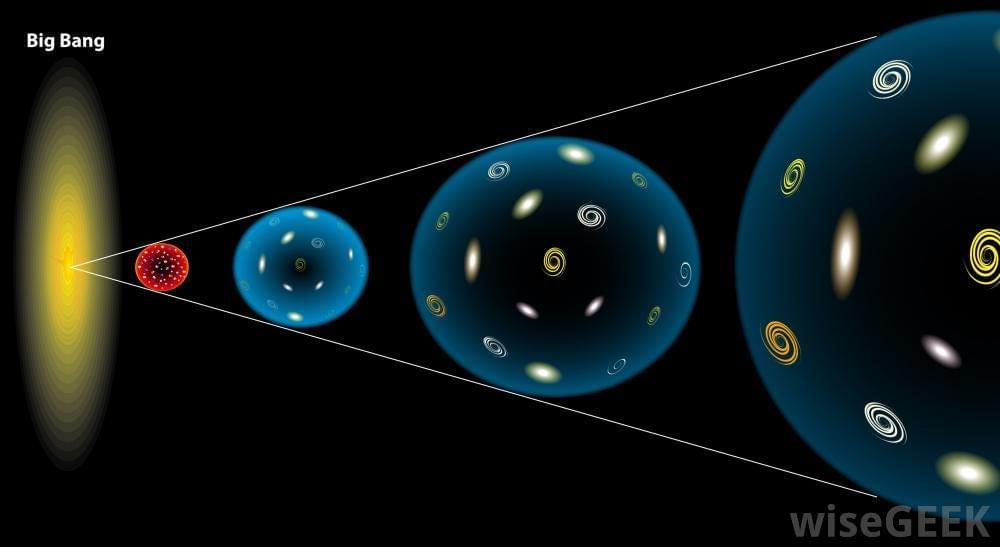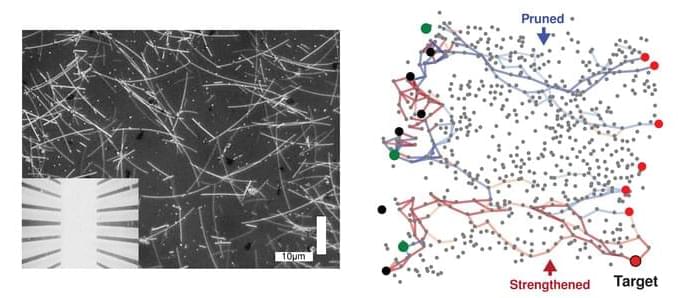Next year, the world of astronomy is set to get even bigger with the first operations of the Vera C. Rubin Observatory. This mammoth observatory is currently under construction at the peak of Cerro Pachón, a nearly 9,000 feet-tall mountain in Chile.



The US is currently experiencing its worst-ever outbreak of bird flu, also known as avian influenza — and a new study has found that the strain could become endemic in the country.
The outbreak is “wiping out everything in numbers we’ve never seen before,” Jennifer Mullinax, an assistant professor of environmental science and technology at the University of Maryland, told Sky News. The new H5N1 strain has already killed over 58 million chickens, turkeys, and other birds, Reuters reported.
The US is no stranger to the impact of the disease, with the H5N8 strain having led to the culling of 50 million birds in 2015. But the new, more contagious strain is particularly affecting wild birds, Sky News reported.

Join top executives in San Francisco on July 11–12, to hear how leaders are integrating and optimizing AI investments for success. Learn More
The explosion of new generative AI products and capabilities over the last several months — from ChatGPT to Bard and the many variations from others based on large language models (LLMs) — has driven an overheated hype cycle. In turn, this situation has led to a similarly expansive and passionate discussion about needed AI regulation.
The AI regulation firestorm was ignited by the Future of Life Institute open letter, now signed by thousands of AI researchers and concerned others. Some of the notable signees include Apple cofounder Steve Wozniak, SpaceX, Tesla and Twitter CEO Elon Musk; Stability AI CEO Emad Mostaque; Sapiens author Yuval Noah Harari; and Yoshua Bengio, founder of AI research institute Mila.

(NEXSTAR) – A deadly fungus spreading in more than half of U.S. states is so concerning in part because of the way it has evolved to be resistant to both antimicrobial cleaning products and anti-fungal drugs, the Centers for Disease Control and Prevention recently warned.
The fungus, Candida auris or C. auris, has mainly spread in health care settings, like hospitals and nursing homes. Counterintuitively, because hospitals are disinfected so frequently, they can be the birthplace of bacteria or fungus that are resistant to cleaning products and to treatments.
The kardeshev scale of possible future technological advance.
In 1964, Russian astrophysicist Nikolai Kardashev figured that civilizations can be categorized by the total amount of energy available to them. He called it the Kardashev Scale. He initially came up with 3 civilization types; type 1, type 2, and type 3. However, other astronomers have recently extended the scale from type 0 all the way to type 7 as new theories in modern physics have emerged. Check out the complete playlist as we unveil each level of the Kardashev Scale! Enjoy the videos, and do let us know your thoughts in the comments!
The possible levels of information mastery in the future of technology.
This series focus will be on the Information Mastery version of the Kardashev scale. In his book, The Cosmic Connection, Carl Segan proposed an alternative approach to the Kardashev Scale. He added another dimension to the original scale in addition to the pure energy usage that was first used to characterize different civilizations. Sagan believed that the amount of information available to a civilization should be an important criterion when trying to come up with a useful metric to measure different types of civilizations. So he assigned a lettered scale from A-Z where each letter meant an order of magnitude increase in the volume of information a civilization can hold. This information, he proposed, could be described in terms of bits, the number of yes or no statements concerning different civilizations, and the universe that such civilizations occupy.
Last time, we talked about the concept of Speed Superintelligence as proposed by philosopher Nick Bostrom at the University of Oxford. If you haven’t seen the previous videos on this topic, do check them out, the link is in the description below. Today, we will be looking at a different kind of superintelligence known as Collective Superintelligence and some of its defining characteristics!
A collective superintelligence according to Bostrom is a form of superintelligence that is a system achieving superior performance by aggregating large numbers of smaller intelligences. So, he formally defines collective superintelligence as “a system composed of a large number of smaller intellects such that the system’s overall performance across many very general domains vastly outstrips that of any current cognitive system.” Now, Collective superintelligence may be less conceptually clear-cut than speed superintelligence, however, it is more familiar empirically. For example, firms, work teams, academic communities, countries, and even humankind as a whole, can fall under collective superintelligence. Since these loosely defined “systems” are capable of solving classes of intellectual problems by breaking them into parts that can be pursued in parallel and verified independently. Tasks like building a space shuttle or operating a hamburger franchise offer many opportunities for division of labor: different engineers work on different components of the spacecraft, and different staff members operate different restaurants for the smooth operation of the whole franchise.

The Big Bang Theory is widely accepted as the explanation for the origin of the universe, but it doesn’t tell us what came before it. The idea of a universe before the Big Bang may seem impossible, but recent scientific discoveries suggest otherwise. In this article, we’ll explore the strongest evidence for a universe before the Big Bang.
The Big Bang Theory is the most widely accepted explanation for the origin of the universe. According to this theory, the universe began as a singularity, a point of infinite density and temperature. But what caused the Big Bang? And what came before it? These questions have puzzled scientists and philosophers for centuries.

An international team led by scientists at the University of Sydney has demonstrated nanowire networks can exhibit both short-and long-term memory like the human brain.
The research has been published today in the journal Science Advances (“Neuromorphic learning, working memory, and metaplasticity in nanowire networks”), led by Dr Alon Loeffler, who received his PhD in the School of Physics, with collaborators in Japan.
Photograph of nanowire network (left), network’s pathways changing and strengthening (right). (Image: Alon Loeffler)